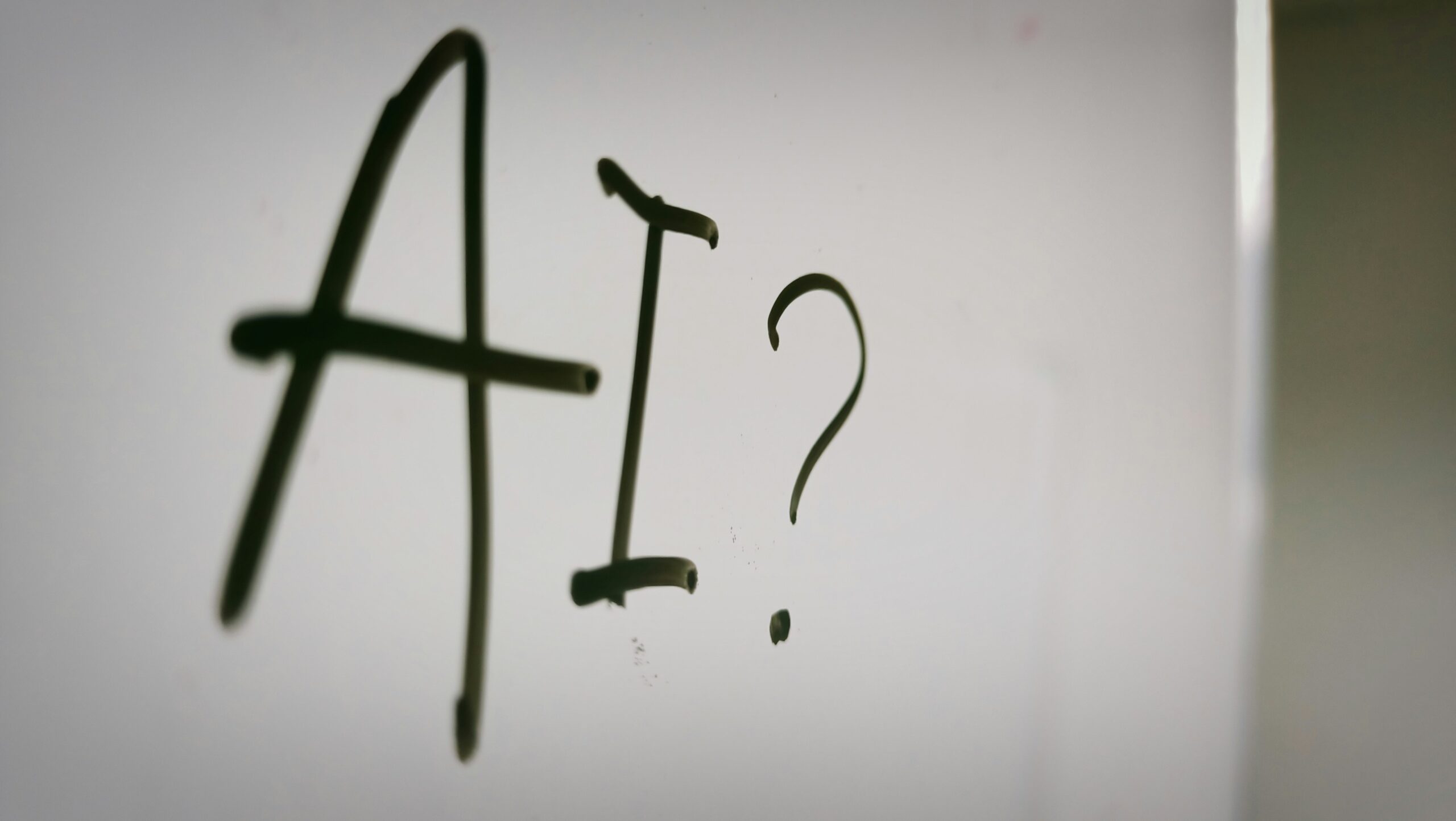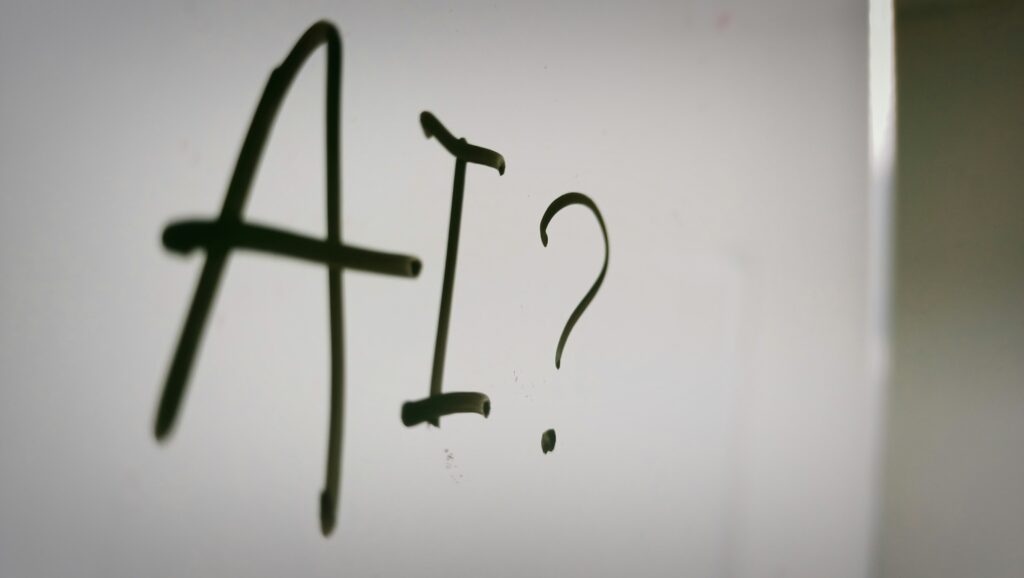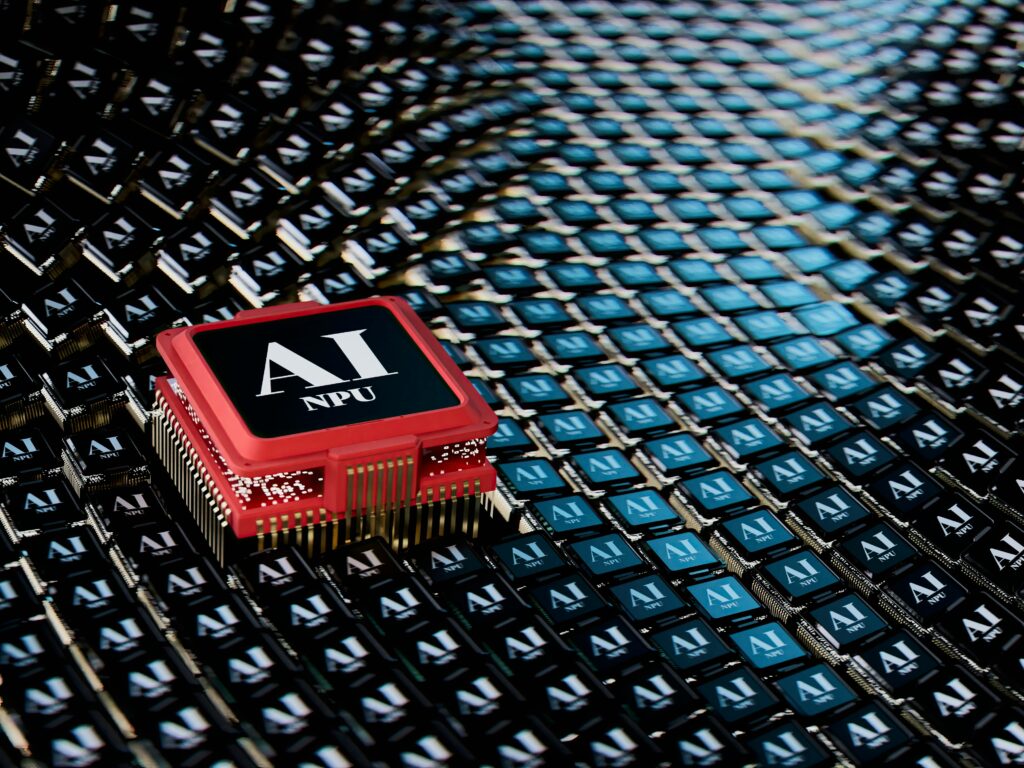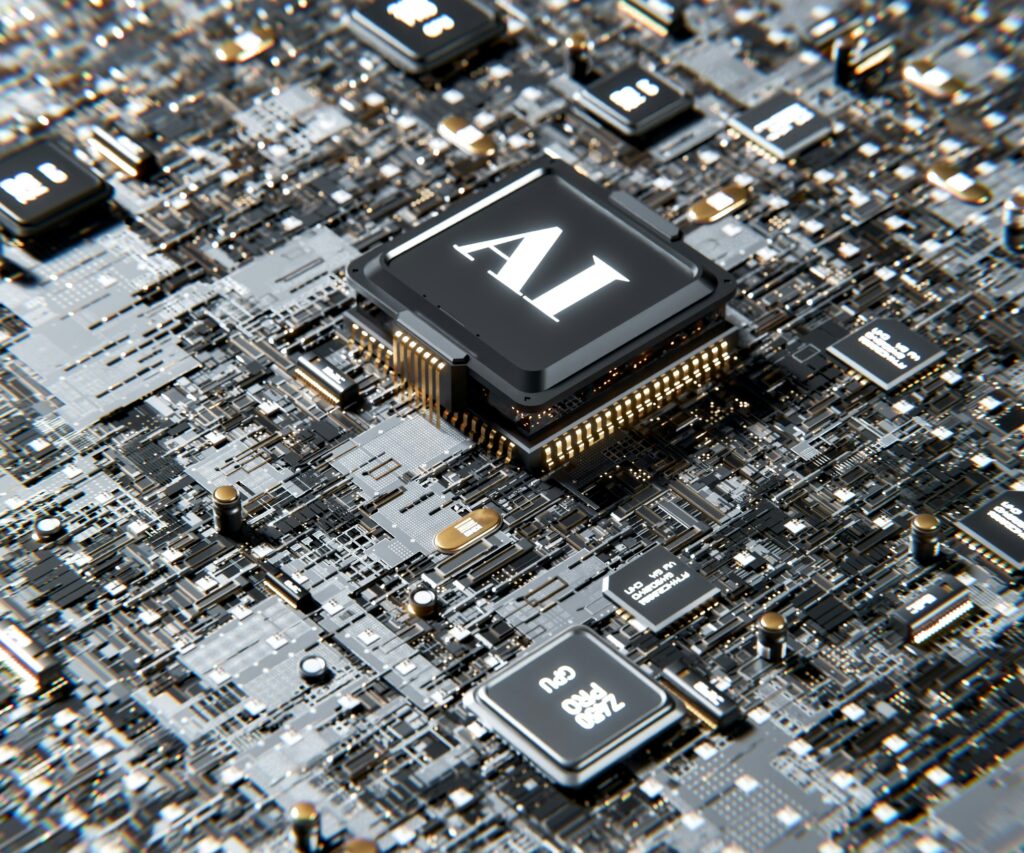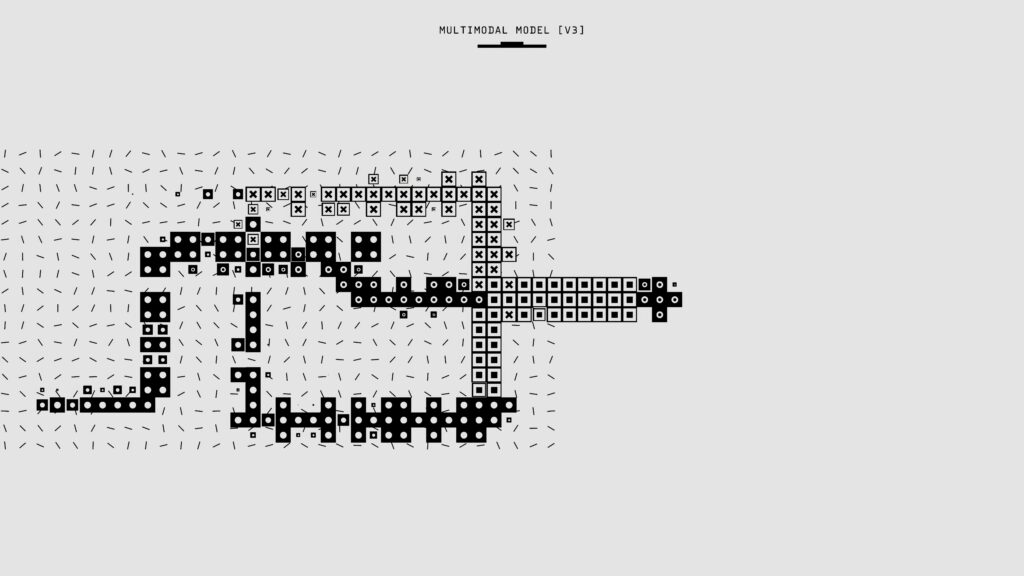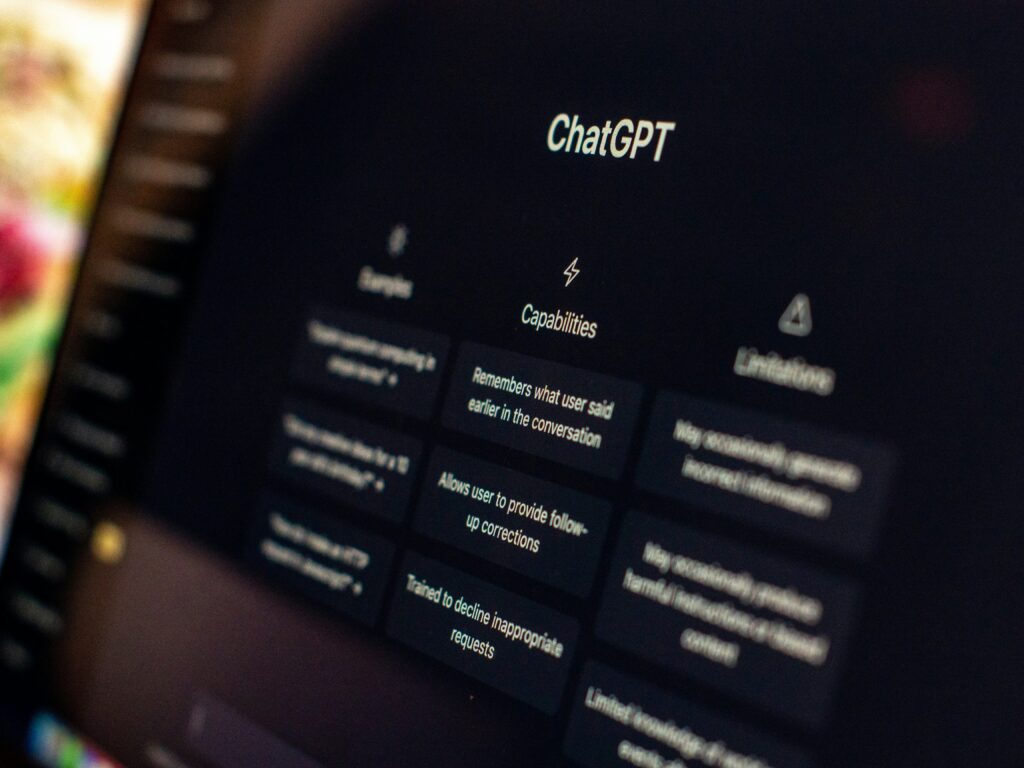
2025AIT트렌드 #AI기술 #생성형AI #엣지AI #AI윤리
“AI가 바꾸는 내일: 이제 미래는 상상이 아니라 현실이다!”
인공지능(AI)은 더 이상 SF 영화 속 상상이 아닙니다. 우리의 스마트폰, 검색 엔진, 온라인 쇼핑까지 이미 AI는 일상 속에 스며들어 있죠.
그렇다면 2025년에는 AI가 어떻게 변하고, 우리 삶에 어떤 혁신을 가져올까요?
재미있게 AI 트렌드 8가지를 살펴보며, 기술이 만들어 갈 세상을 함께 상상해봅시다!

1. AI, 콘텐츠 제작의 마법사로 거듭나다
2025년에는 생성형 AI가 더 정교해집니다.
단순히 그림이나 텍스트를 생성하는 것을 넘어 산업별 맞춤형 AI가 등장할 전망입니다.
예를 들어, 마케팅 팀이 AI로 광고 카피를 쓰고, 건축가는 AI로 설계도를 만들어 바로 3D로 출력할 수 있는 시대가 옵니다.
💡 예시:
AI가 만든 드라마 시리즈가 넷플릭스를 휩쓴다?
AI로 전 세계 언어를 번역한 소설을 하루 만에 출판!

2. 지구를 지키는 AI
AI 기술의 발전은 지구 환경 보호에도 기여합니다.
초거대 AI 모델을 학습시키는 데 필요한 막대한 전력을 절감하기 위해 더 효율적인 AI 학습 기술이 개발됩니다.
이를 통해 AI가 우리의 탄소 발자국을 줄이는 데 중요한 역할을 할 것입니다.
💡 재미 포인트:
- “AI가 에코 워리어가 된다?!”
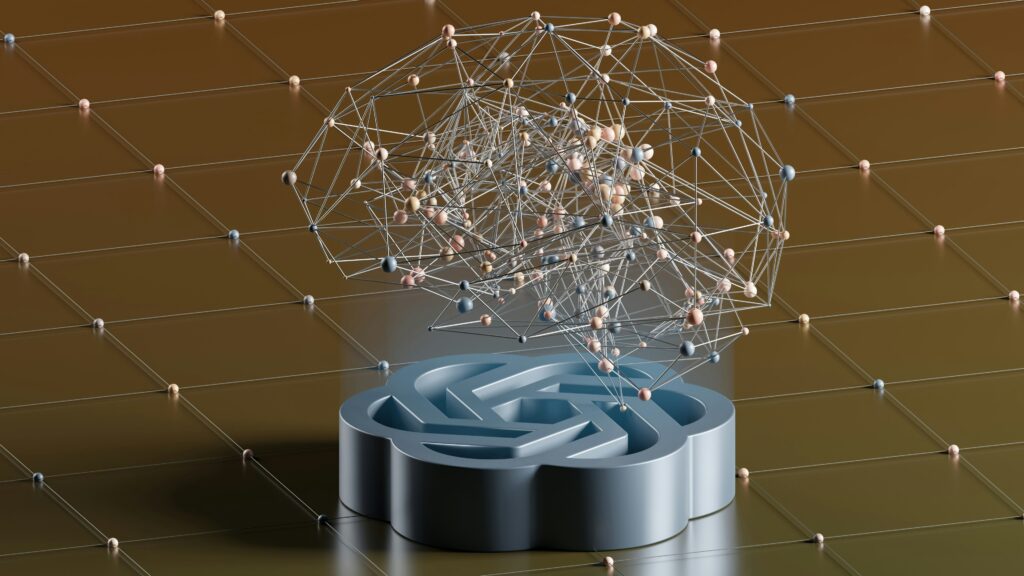
3. 윤리적인 AI, 신뢰를 쌓다
“이게 어떻게 결정된 거야?”
AI의 판단은 종종 투명하지 않아 의심을 사곤 합니다.
2025년에는 **설명 가능한 AI(XAI)**가 등장해, AI의 판단 과정을 쉽게 이해할 수 있게 됩니다. 이제 AI도 자기 행동을 설명해야 하는 시대가 오는 거죠!
💡 예시:
- “AI: 내가 이 추천 상품을 골라준 이유는~”
- “AI도 투명하게! 사람과 대화하듯 설명하는 AI 등장.”

4. 엣지 AI로 실시간 의사결정
2025년의 AI는 엣지 컴퓨팅과 만나 더 빠른 의사결정을 할 수 있습니다.
예를 들어, 자율주행차가 클라우드 서버 없이 실시간으로 도로 상황을 판단해 사고를 예방할 수 있죠.
스마트팩토리에서도 엣지 AI가 생산 라인을 실시간으로 최적화해 효율성을 높일 겁니다.
💡 예시:
- “사고 없는 자율주행, AI가 도로를 지배한다?”
- “스마트 공장에서 AI가 24시간 풀 가동!”
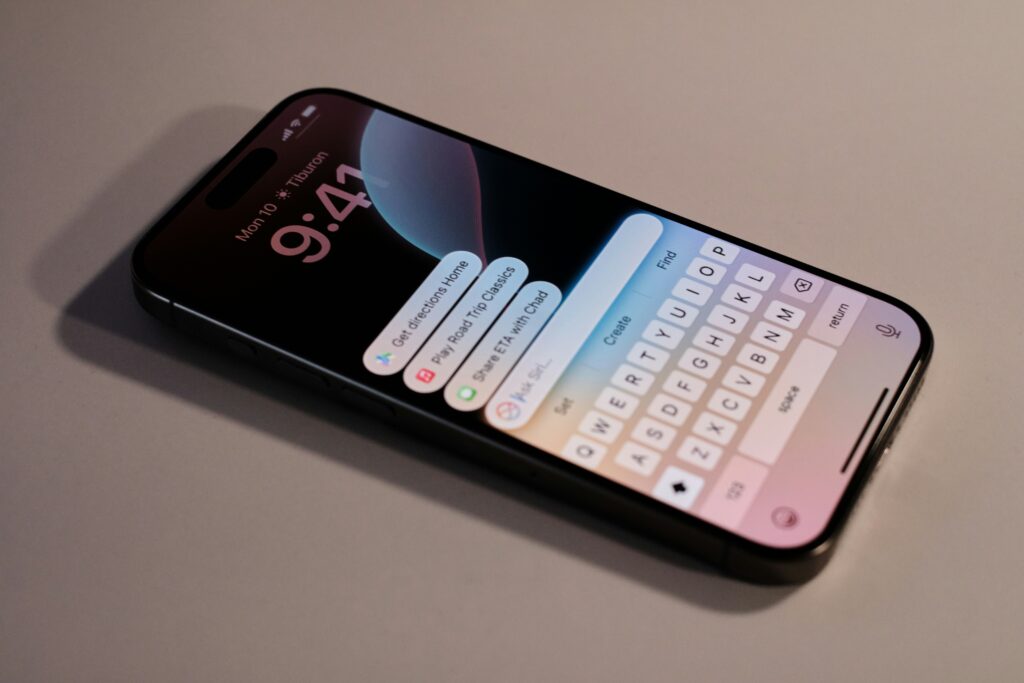
5. AI가 맞춤형 서비스로 변신
“이거, 마치 나를 위해 만든 서비스야!”
2025년에는 AI가 개인의 선호를 더 깊이 분석해 맞춤형 서비스를 제공합니다.
음악 플레이리스트는 물론, 패션, 여행 일정까지 AI가 당신의 취향에 꼭 맞는 제안을 할 것입니다.
💡 예시:
- AI가 아침마다 “오늘 당신에게 어울리는 옷은~” 추천?
- AI가 제안하는 “당신만의 여행 코스.”

6. 사이버 보안, AI로 무장하다
2025년에는 사이버 보안을 위한 AI 기술이 더 강화됩니다.
AI는 해커보다 한 발 앞서서 사이버 위협을 탐지하고 막아줄 것입니다.
특히, 금융 기관과 대기업에서 AI 보안 솔루션이 필수가 될 전망입니다.
💡 재미 요소:
- “AI가 AI 해커를 막는 시대.”
- “당신의 비밀번호를 AI가 더 안전하게 지켜줍니다.”
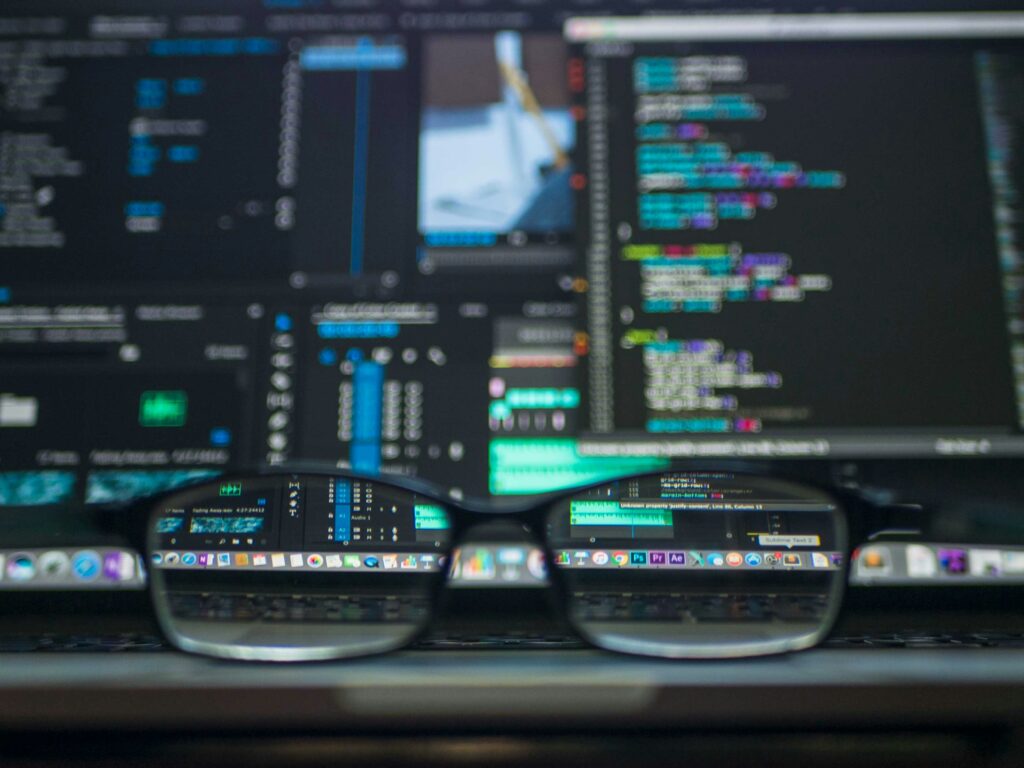
7. AI와 양자 컴퓨팅의 만남
AI와 양자 컴퓨팅이 결합하면서 기존 컴퓨팅의 한계를 뛰어넘습니다.
복잡한 데이터 분석, 기후 모델링, 신약 개발 등 다양한 분야에서 초고속 계산이 가능해질 것입니다.
2025년, 양자 AI가 의학과 과학의 새로운 길을 열어갈 것으로 기대됩니다.
💡 재미 요소:
- “AI가 신약 개발 시간 10배 단축?”
- “양자 AI가 기후 위기를 해결한다?”

8. AI로 새로운 세상을 그리다
2025년에는 AI가 예술과 창작의 경계를 허물어갑니다.
음악, 그림, 영상 제작에서 AI는 이제 단순한 도구가 아니라 공동 창작자로 자리 잡습니다.
AI와 인간이 협력하여 완전히 새로운 예술 작품이 탄생할 것입니다.
💡 재미 요소:
- “AI가 그린 명화, 미술관에 전시된다?”
- “AI 작곡가의 노래가 빌보드 차트를 점령한다!”
결론: AI가 이끄는 2025년
2025년은 AI가 기술의 한계를 넘어, 인간과 함께 더 나은 세상을 만드는 해가 될 것입니다.
생성형 AI, 엣지 AI, 그리고 맞춤형 서비스까지 AI의 진화는 계속되고 있습니다.
이제는 AI와 함께 상상 속 미래를 현실로 만들어가는 시대가 도래했습니다.
당신은 어떤 AI 트렌드가 가장 기대되나요? 댓글로 공유해주세요!

